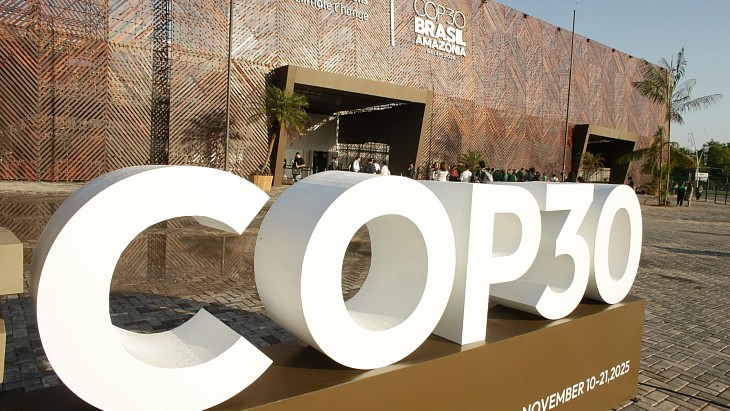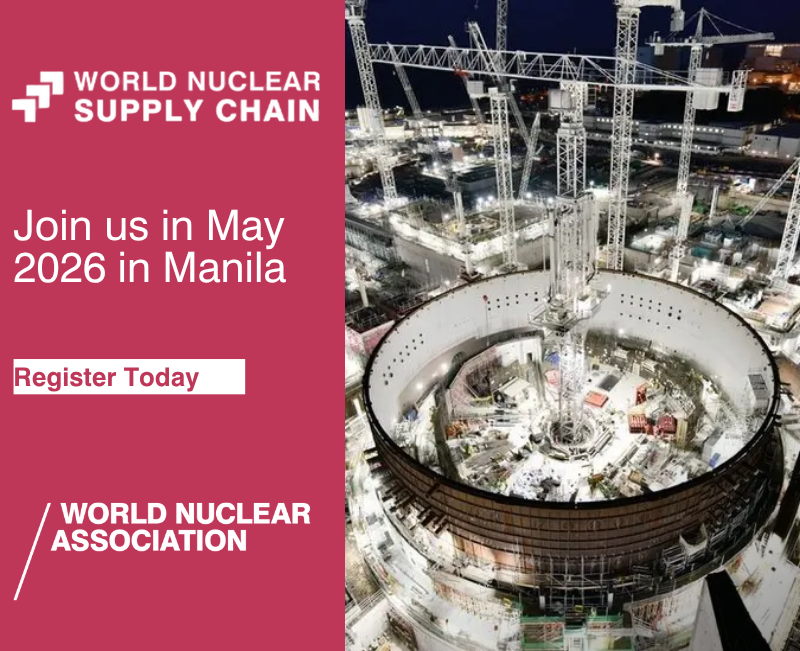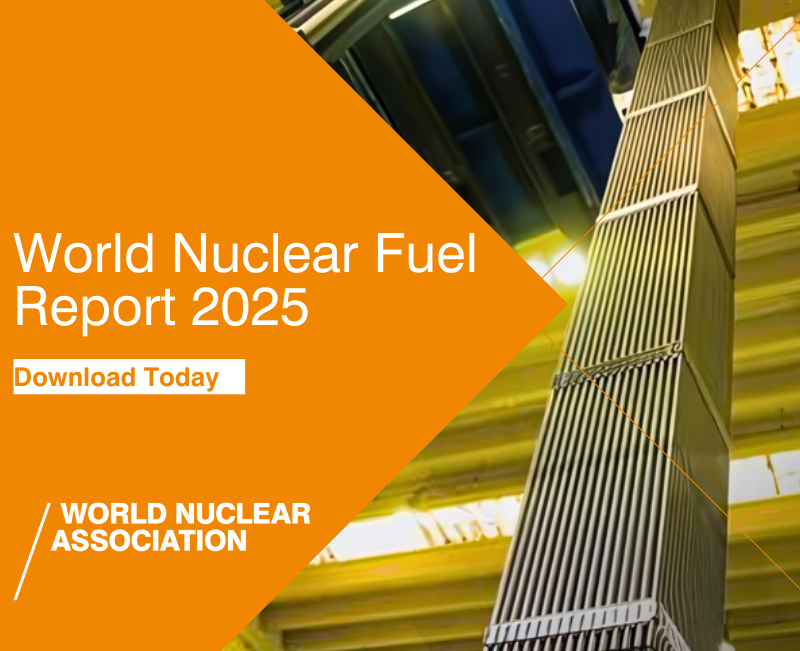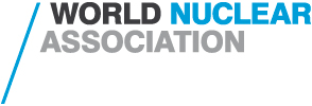In a statement on Friday evening he said: "We are currently in contact with the Iranian nuclear safety authorities to ascertain the status of relevant nuclear facilities and to assess any wider impacts on nuclear safety and security. Iran has confirmed that ... the Natanz Fuel Enrichment Plant site has been attacked in today’s strikes. This facility contains the Fuel Enrichment Plant and the Pilot Fuel Enrichment Plant.
"At Natanz, the above-ground part of the Pilot Fuel Enrichment Plant, where Iran was producing uranium enriched up to 60% U-235, has been destroyed. Electricity infrastructure at the facility (electrical sub-station, main electric power supply building, emergency power supply and back-up generators) has been destroyed.
"There is no indication of a physical attack on the underground cascade hall containing part of the Pilot Fuel Enrichment Plant and the main Fuel Enrichment Plant. However, the loss of power to the cascade hall may have damaged the centrifuges there.
"The level of radioactivity outside the Natanz site has remained unchanged and at normal levels indicating no external radiological impact to the population or the environment from this event. However, due to the impacts, there is radiological and chemical contamination inside the facilities in Natanz. The type of radiation present inside the facility, primarily alpha particles, is manageable with appropriate radiation protection measures.
"At present, the Iranian authorities are informing us of attacks on the other facilities, the Fordow Fuel Enrichment Plant; and Esfahan site, where a fuel plate fabrication plant, a fuel manufacturing plant, a uranium conversion facility and an enriched UO2 powder plant are located. However I have to inform that at this moment we do not have enough information beyond indicating that military activity has been taking place around these facilities as well which initially had not been part of military operation."
Grossi said: "This development is deeply concerning ... such attacks have serious implications for nuclear safety, security and safeguards, as well as regional and international peace and security."
He noted previous IAEA general conference resolutions on the topic of avoiding military attacks on nuclear facilities and said: "As Director General of the International Atomic Energy Agency, and consistent with the objectives of the IAEA under the IAEA Statute, I call on all parties to exercise maximum restraint to avoid further escalation. I reiterate that any military action that jeopardises the safety and security of nuclear facilities risks grave consequences for the people of Iran, the region, and beyond."
Grossi added: "Yesterday, the Board of Governors adopted an important resolution on Iran’s safeguards obligations. In addition to this, the Board resolution stressed its support for a diplomatic solution to the problems posed by the Iranian nuclear programme. The IAEA continues to monitor the situation closely, stands ready to provide technical assistance, and remains committed to its nuclear safety, security and safeguards mandate in all circumstances ... in accordance with its Statute and longstanding mandate, the IAEA provides the framework and natural platform where facts prevail over rhetoric and where engagement can replace escalation."
According to Iran's official Islamic Republic News Agency (IRNA) at least five nuclear scientists were known to be among those killed in the strikes, including Fereydoun Abbasi-Davani - who headed the Atomic Energy Organisation of Iran from 2011 to 2013 - and Mohammad Mehdi Tehranchi, president of Azad University. Israel said that its actions had been a pre-emptive move targeting what it called Iran's programme to develop nuclear weapons and to "neutralise an immediate and existential threat to our people".
Iran says that its nuclear programme is peaceful and condemned what it called the IAEA board's "anti-Iran resolution". According to an IRNA report a joint statement by the Ministry of Foreign Affairs and the Atomic Energy Organization of Iran on Thursday said that in response to the resolution, a new uranium enrichment facility had been ordered in a "secure location" and "first-generation centrifuges at the Fordow enrichment site would be replaced with sixth-generation machines".
According to World Nuclear Association's Information Paper on Iran, the country has one nuclear power reactor operating, with construction of a second Russian-designed unit at the Bushehr site taking place. According to a presentation at the IAEA general conference last September, first concrete was expected on a third unit by the end of 2024, with another unspecified unit under construction, and further power units planned.
The nuclear power plants have not been listed among the targets of the attacks on Friday.
Iran's enrichment facilities
Unenriched, or natural, uranium contains about 0.7% of the fissile uranium-235 (U-235) isotope. ("Fissile" means it's capable of undergoing the fission process by which energy is produced in a nuclear reactor). The rest is the non-fissile uranium-238 isotope. Most nuclear reactors need fuel containing between 3.5% and 5% U-235 - known as low-enriched uranium, or LEU. Advanced reactor designs that are now being developed - and many small modular reactors - and research reactors, which are often used to produce medical radioisotopes, amongst other things - will require higher enrichments still - typically up to 20%.
Enrichment increases the concentration of the fissile isotope by passing the gaseous uranium hexafluoride (UF6) through so-called cascades of gas centrifuges, in which a fast spinning rotor inside a vacuum casing makes use of the very slight difference in mass between the fissile and non-fissile isotopes to separate them.
But the same technology that is needed to enrich uranium for use in nuclear power or research reactors could also be used to enrich uranium to the much higher levels (90% U-235 and above) that could be used in nuclear weapons. This means that uranium enrichment is strategically sensitive from a non-proliferation standpoint, so there are strict international controls to ensure that civilian enrichment plants are not used in this way.
Iran is known to operate enrichment plants at Natanz, about 80km southeast of Qom, and Fordow, 20km north of Qom.
According to World Nuclear Association, there are two enrichment plants at Natanz: the Pilot Fuel Enrichment Plant, with two cascades designated for production of uranium enriched up to 20% U-235, ostensibly for the Teheran Research Reactor, and R&D purposes; and the Fuel Enrichment Plant, which is built underground.
In a quarterly report, published on 31 May, the IAEA verified that cascades at the Fuel Enrichment Plant were being fed with natural UF6 to produce material enriched up to 5% U-235. It verified that Iran was testing some centrifuges and feeding both natural and depleted UF6 into others in the various R&D production lines at the Pilot Fuel Enrichment Plant.
According to the IAEA's quarterly report, as of 27 May some 82 cascades were operational at the Fuel Enrichment Plant, with seven operational cascades at the Pilot Fuel Enrichment Plant. The Fuel Enrichment Plant had produced an estimated 2671.3 kg of UF6 enriched up to 5% since its previous report. The pilot plant had produced 19.2 kg of uranium enriched up to 60%, about 243 kg with up to 5% enrichment and 453 kg with enrichment up to 2% U-235.
The Fordow Fuel Enrichment Plant has 13 operating cascades, according to the IAEA, where over 166 kg of UF6 enriched up to 60% U-235 were produced since the agency's previous quarterly report, as well as 67 kg of material enriched up to 20%, 724.5 kg enriched up to 5%, and nearly 369 kg of up to 2% enrichment.
The agency said that Iran's total inventory of enriched uranium as of 27 May stood at 2221.4 kgU of material with an enrichment of up to 2%; 5508.8 kgU up to 5%, 274.5 kgU up to 20% and 408.6 kgU with up to 60% enrichment.
The UF6 feedstocks - natural and depleted UF6 - have low levels of radioactivity, but significant chemical toxicity, so have to be handled appropriately, as does the enriched uranium product. The materials themselves are stored in purpose-built cylinders to provide the necessary physical protection.

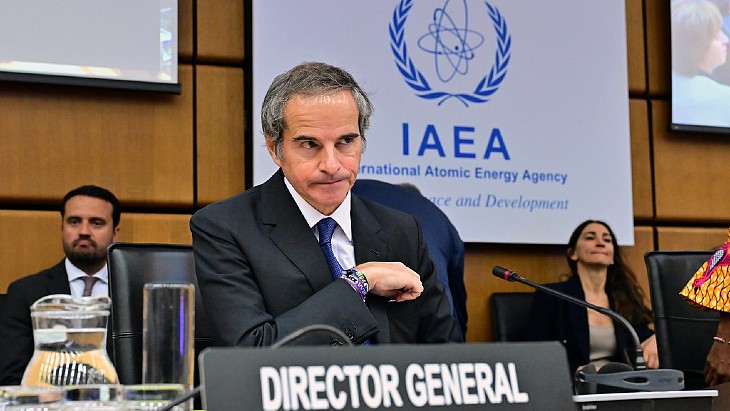



_18570.jpg)
_18938.jpg)
_33584.jpg)
_82983.jpg)
